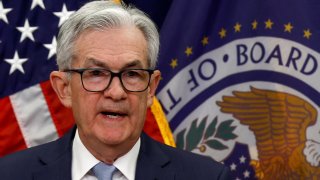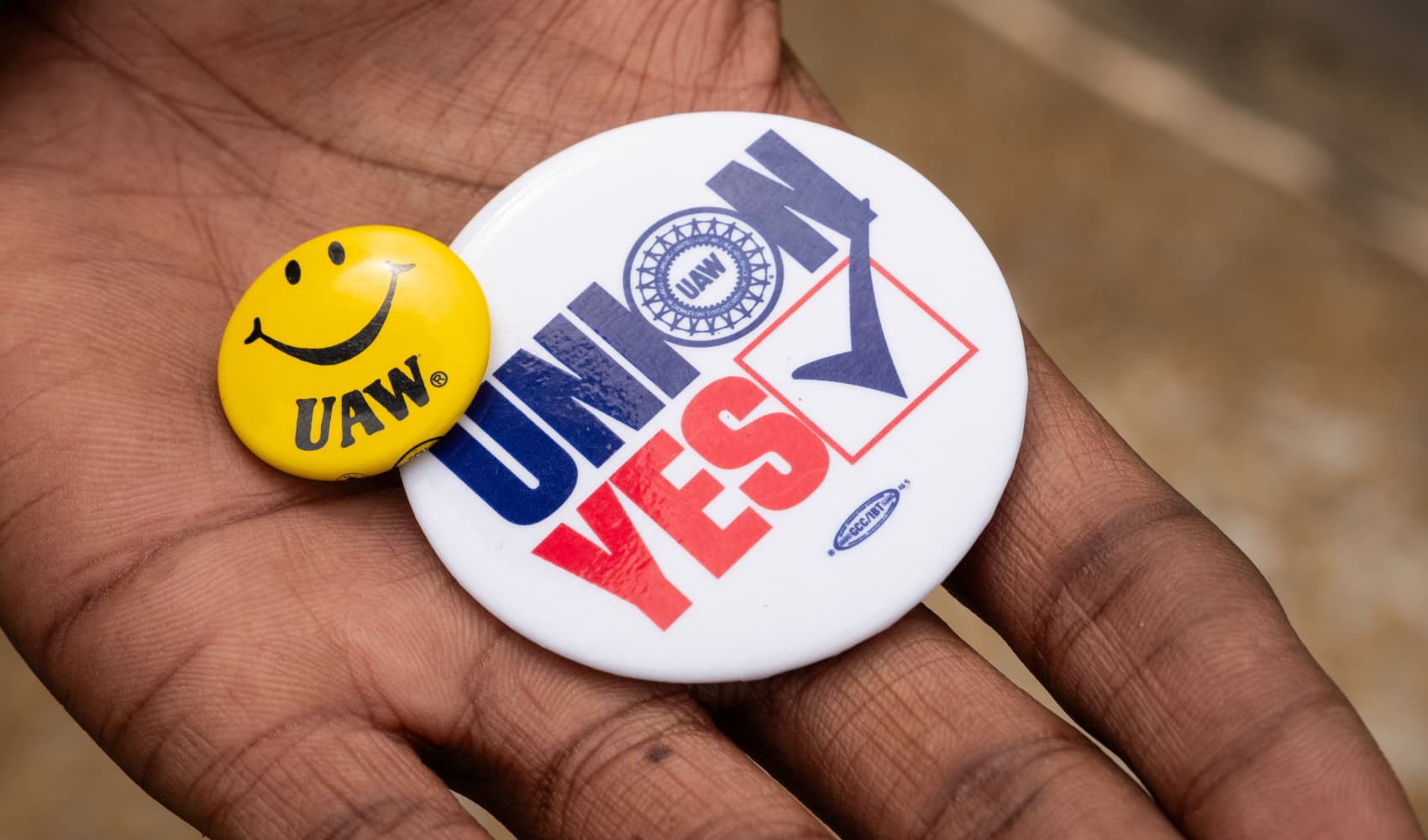
"He is intelligent but not experienced. His pattern suggests two-dimensional thinking."
This is how Spock describes nemesis Khan Noonien Singh's somewhat linear of view of warfare in "Star Trek II: The Wrath of Khan."
Adm. James T. Kirk, however, plays three-dimensional chess to destroy Khan and laugh at his superior intellect.
The same criticism might be leveled at several economists, who immediately warned of another inflation surge later this year even after Federal Reserve Chairman Jerome Powell said that the "disinflationary process has started."
Get Connecticut local news, weather forecasts and entertainment stories to your inbox. Sign up for NBC Connecticut newsletters.
A demographic problem, rather than an economic one
These economists' view is almost one-dimensional. They use linear extrapolation to make the case for resurgent inflation sometime in the future.
Where will those inflationary pressures come from?
Money Report
Wage inflation, of course. Just look at the January employment report: 517,000 jobs were added last month while average hourly earnings were up 0.3%.
Year-over-year wage gains totaled 4.4%. Economists can complain about wage inflation all they want, but a 4.4% annual gain, now decelerating, is not the bogeyman they claim it to be.
And, as has been argued here many times in the past, the labor shortage fueling higher wages is a demographic problem, not an economic one.
We need either more people in the labor force –immigration – or more technological solutions to the shortage of working age adults in the U.S.
The Fed's reliance on the so-called "Phillips curve," which links low unemployment to rising inflation, is an archaic construct.
A little history here: Economist A.W. Phillips studied the British labor market from 1851 to 1957 – when Britain was largely a closed economy. He found that labor shortages led to rising inflation.
That link, in a global economy, has proven to be far more tenuous than it appears and was broken in the 1990s.
Lower unemployment today is hardly leading to runaway wage inflation. In fact, wages are rising today, while inflation, as Powell stated Wednesday, has been easing.
China's reopening
China's long-delayed reopening is also cited as cause for inflation alarm. Chinese citizens, locked down for nearly three years thanks to President Xi Jinping's zero-Covid policy, are about to embark on a revenge spending and travel binge that will drive up prices around the world, as pent-up demand creates too many dollars chasing too few goods.
There are several flaws in the reopening argument.
First, a reopened China doesn't just mean increased demand for consumer goods and services, it also means increased production of materials needed to make cars, computers and cell phones.
The supply of material goods will also increase, offsetting increasing demand pressures in China amid waning demand elsewhere in the world.
There is also an expectation that China's reopening will lead to a surge in demand for commodities like oil, copper and lumber as Beijing moves to stimulate China's economy.
Maybe. Building more homes is unnecessary in a country with multiple "ghost cities," which are home to numerous empty apartments. It remains to be seen whether China, with myriad economic, demographic and social problems, will return to rapid growth any time in the near future.
China's growth rate has also slowed significantly. It may well no longer be the engine of global growth it once was.
Then there are predictions of a renewed surge in energy prices again, at least in part, predicated on China's resurgence. Again, that's big maybe.
The disinflationary process has started
Analysts also fear that a spring offensive by Russia in Ukraine will lead to further shortages of oil, natural gas and diesel fuel.
With Europe now restocked with respect to its ongoing energy needs and China exporting diesel and other fuels, another energy surge appears unlikely – short of Russia doing something incredibly unwise on the world stage.
Linear extrapolation is hampering forecasters' abilities to believe what they see with their own eyes: falling goods and energy prices, stabilizing wage growth and slower economic growth around the world, in short, disinflation.
Powell said that "the disinflationary process has started," but many don't believe it.
They are intelligent, and many have experience, but their patterns suggest two-dimensional thinking.
Here's hoping that Jay Powell is more Kirk than Khan.
— Ron Insana is a CNBC contributor and a senior advisor at Schroders.






